I’m a huge fan of Star Trek – which you probably know if you’re a regular around here! What would become the Star Trek franchise was born out of the space race of the 1960s; the incredible excitement of launching rockets, sending human beings into space, and the Apollo programme that would eventually send Neil Armstrong and Buzz Aldrin to the surface of the moon in July 1969.
It’s hard to remember now, almost fifty years since mankind last set foot on the moon, but the pace of technological progress required to get there in the first place was incredible. The Wright brothers made the first ever powered flight in a heavier-than-air vehicle in 1903. Sixty-six years later, Neil Armstrong took that “giant leap for mankind.” In less than the span of a single human lifetime, we went from the horse and cart to the Saturn V rocket.

This was the world my parents’ generation grew up in. My father would’ve been in his late twenties when the first moon landing happened, and like practically everyone his age he can remember that event vividly. My grandfather, on the other hand, could distinctly remember the excitement he and his schoolfriends felt at seeing an automobile – a rarity when he was a child.
For all of the monumental accomplishments made in the field of space exploration in my lifetime, nothing compares to landing on the moon, launching the first satellite, or sending the first people to space. And that’s for a pretty simple – yet devastating – reason: we don’t do those kind of big missions any more. The space race ended, and with it the investment of governments shrank significantly. The scope of future missions was curtailed, and NASA in particular looked to money-saving measures.
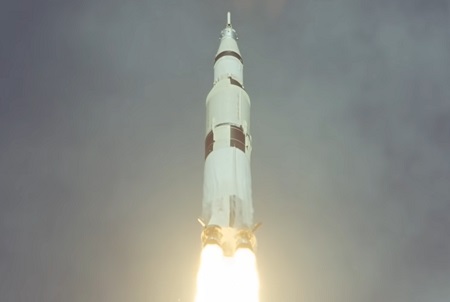
We’ve heard in every decade since the eighties the promise that we’d land humans on Mars within ten years – then the decade draws to a close and the promise is repeated. If you’d spoken to someone of my parents’ generation in the late ’60s, the idea that humanity would still have never gone to Mars – or even left Earth’s orbit – over fifty years later would have seemed utterly absurd! Surely, they felt, the pace of technological change and improvement would simply continue, and with it, more exciting space missions would come.
But the fundamental technologies involved in space travel haven’t really changed. The rockets that launch all of our satellites, probes, and astronauts are based on the same technology that Wernher von Braun created for the V-2 rocket during the Second World War. The engines and reactors powering our probes have hardly changed since the days of the Pioneer and Voyager programmes. When the money dried up, and the impetus pushing humans to explore space also dried up, technology stagnated.

Photo Credit: Bundesarchiv, Bild 146-1978-Anh.023-02 / CC-BY-SA 3.0, CC BY-SA 3.0 DE https://creativecommons.org/licenses/by-sa/3.0/de/deed.en, via Wikimedia Commons
The development of the reusable space shuttle was a double-edged sword. On the one hand, it allowed for more frequent missions, sending more humans to space and putting up more satellites and probes than ever before. On the other, it limited humanity’s manned missions to Earth orbit only, and restricted the size and weight of those same satellites and probes. The shuttle remained in service for thirty years, and in all of that time, the development of other spacecraft slowed to a crawl.
There are financial and political reasons why this is the case, especially in the United States. For the US government, space exploration is expensive, and thus NASA’s budget is first on the chopping block when savings need to be made! But there are also political reasons – many politicians have promised a return to the moon and further manned missions, yet were unable to deliver due to changes in political control of the White House and Congress.
All of this has contributed to a sense that I have, as a non-scientist and layman, that space exploration has lost much of its excitement.
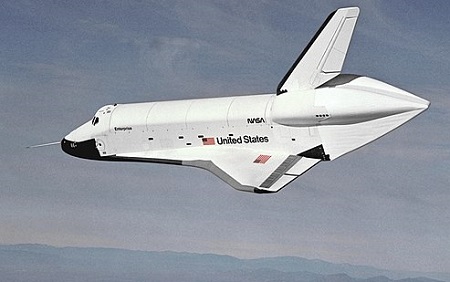
The recent landing of the Perseverance Rover on Mars kind of encapsulated this, and is what prompted me to write this piece. Because as amazing an accomplishment as Perseverance’s successful landing was, it’s an almost-identical vehicle to Curiosity – a rover which has been on Mars, sending back data and photos since 2012.
From a scientist’s point of view, the two rovers may have different equipment. Perseverance may be able to conduct experiments that Curiosity couldn’t, and that’s fine. As scientific instruments I’m not doubting their merits. But as a layman looking in, we’ve been seeing photos of the barren Martian landscape for decades, and in high-definition for almost ten years. It’s pretty much a given that Mars once held liquid water and some forms of bacteria, even if the “smoking gun” evidence has yet to be found, so even if Perseverance were to conclusively prove that Mars once harboured microscopic life… even that wouldn’t feel all that interesting.
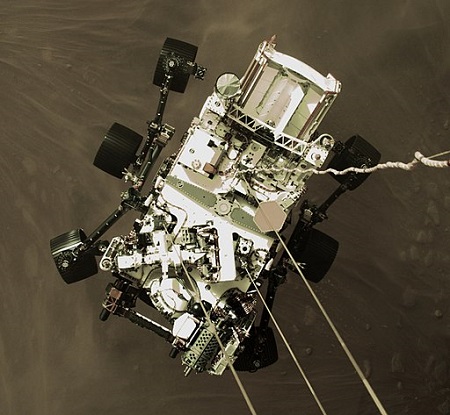
The same applies to manned missions. No human has left Earth’s orbit in my lifetime. Manned missions to “space” today take humans to the barest edge of what we could reasonably call “space” – a few hundred miles above our planet’s surface, locked in orbit. The International Space Station, like the space shuttle before it, may be a wonderful engineering accomplishment, and its experiments may achieve interesting results for scientists, but after more than twenty years of continuous occupation of the ISS, it’s not exactly exciting is it?
The last time I felt truly awed by a space mission was New Horizons’ flyby of Pluto in 2015. Seeing images of a planet – or dwarf planet, to give Pluto its official designation – that had never been visited before was genuinely interesting. New Horizons completed the set – all nine planets that I learned about in school had now been visited and photographed by human space probes. That was an interesting moment.
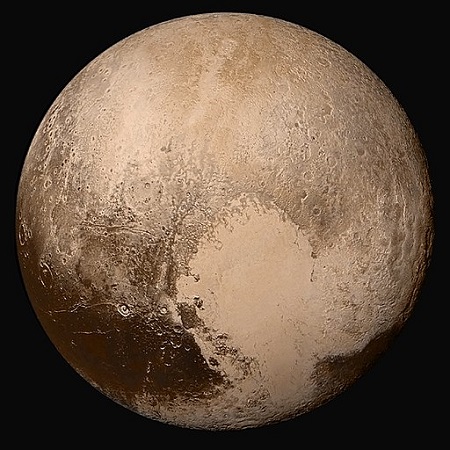
I’m increasingly sceptical, though, that any manned mission in the years to come will recapture that feeling. We’ve heard every few years that a manned mission to Mars is in the planning stages, but so far it’s never happened. There are certainly still technical and medical issues to overcome with such an endeavour, such as the long-term effects of low gravity on human bodies and the not-so-easy feat of constructing a large enough and powerful enough spacecraft to make such a journey. I doubt we’ll see it before the most-recent promised date of 2030.
Nor does a return to the moon seem to be on the agenda – again, despite promises to the contrary. The United States had talked about a manned mission sometime this decade, but nothing seems to have been done to further that objective in a long time; NASA’s “back to the moon” web page hasn’t been updated in several years, and I haven’t heard any talk of the proposed mission in a long time.
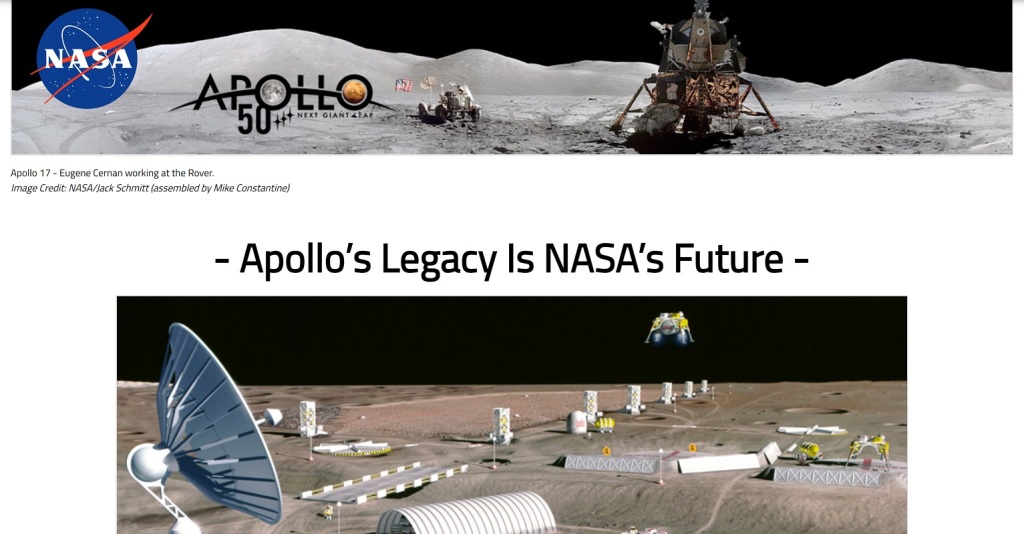
So we’re left with more missions to Earth orbit and probes to places we’ve already been. Nothing about that inspires me right now, and the missions that humanity sends into space have become mundane and routine. Perhaps that’s a comment on how we’ve become a spacefaring species: that rocket launches which would have drawn huge attention in years past are now considered dull. But I think it’s also a comment on how space exploration has lost some of its focus and impetus, with missions opting to stay in – relatively speaking, of course – “safe” territory.
As we come to learn more about space and our place in it, the expectation from decades past that we’d be up there exploring it has failed to come to pass. We’ve discovered thousands of planets orbiting stars in our galaxy, yet we have no way to ever practically visit them. We’ve sent countless rockets up into space to undertake a variety of missions, yet never tried to develop an alternate method of propulsion or getting into space. Because the fundamental technologies underlying our space missions haven’t been replaced, space exploration itself has kind of stagnated.
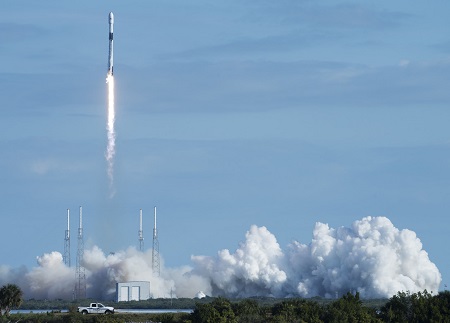
Photo Credit: U.S. Air Force photo by Airman 1st Class Zoe Thacker.
As a kid I can remember wanting to be an astronaut and having a fascination with all things space. In the late ’80s and ’90s it seemed that there was still the potential to keep exploring and do bigger and better things – even if that potential had gone unrealised for twenty years or more. But it never came to pass, and I find it quite sad in a way that no human has walked on the moon, or even left Earth orbit, in my entire lifetime.
Perseverance landed on Mars a few weeks ago, and I have no doubt that it will send back data and images that will be of interest to scientists. It may even make the long-awaited breakthrough regarding ancient microbial life on the red planet. But as I look in as a layman, I can’t help but feel that I want to see something else. Why not go to Venus, to Mercury, to the moons of Jupiter? Why not send a probe to visit Neptune or Uranus, neither of which have been visited since the Voyager probes flew past them in the ’80s?
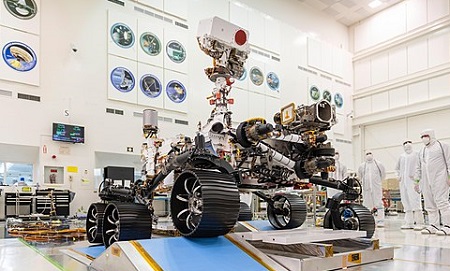
Above all, our goal should be to send humans out into space, pushing the boundaries of science and technology to go where no man has gone before. And there’s the rub. We’re sending probes where probes have already gone before. Rovers to planets where rovers have already gone before… and are still actively exploring. Humans are going to a space station where more than 200 people have gone before. More than 550 humans have spent time in Earth orbit. It’s beginning to stretch the truth to call the most recent ones “pioneers.”
There are some interesting-sounding missions on the horizon, including planned missions to Saturn’s moon Titan, flybys of asteroids, and the James Webb Space Telescope, which will be an improvement over the decades-old Hubble Space Telescope and may potentially help scientists learn more about the formation of galaxies and stars. But there aren’t any manned missions I can feel excited about yet – and as I said I’ll be sceptical of any mission claiming to send humans anywhere other than the ISS until the rocket is on the launchpad and the astronauts are suited up. We’ve been down this road too many times for me to have any confidence, I’m afraid.
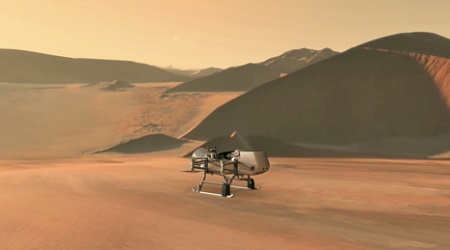
I know how this article comes across, and it’s for that reason I didn’t want to publish it immediately after Perseverance landed on Mars. That is undeniably an accomplishment, one which the team can and should take pride in. And as I keep saying, I’m not a scientist. These missions achieve a lot from a scientific standpoint, bringing in a lot of data about different aspects of the cosmos. The data we gain from missions like Perseverance, for example, will hopefully further inform a future manned mission to Mars.
The fact that we have so much technology in space, and that we see so many rocket launches that they don’t even make the news any more are accomplishments. Humanity’s space infrastructure may not have developed in the way I would have wanted, or in the way people of my parents’ generation may have expected in the aftermath of the moon landings, but we have achieved a lot. None of that should be in dispute, and that isn’t what I’m trying to say in this article.

Space exploration isn’t just about raw data and scientific interest. It needs to be inspirational, calling out to future generations of scientists and astronauts to say “hey, look at this absolutely amazing thing we’ve done.” And for me, that inspiring aspect hasn’t been present for a while. The decisions made going back fifty years or more to focus on Earth orbit and unmanned probes to Mars at the expense of other destinations has led space exploration to feel boring by 2021. I think that’s a shame, but I also worry that if that inspirational aspect remains lost, we may never get it back. If nobody cares about going into space because the things we do in space have already been done before, the resultant loss of interest will mean future generations won’t even try to develop new technologies or push forward to new destinations.
Necessity, as they say, is the mother of invention. And with space exploration having become a luxury rather than a necessity, there has been no real drive toward creating new and better ways of doing it. Why spend time, money, and resources inventing some kind of anti-gravity thruster when chemical rockets from the 1940s still work? But without that need, that drive, I really do believe we’ve seen space technology stagnate and fail to improve.
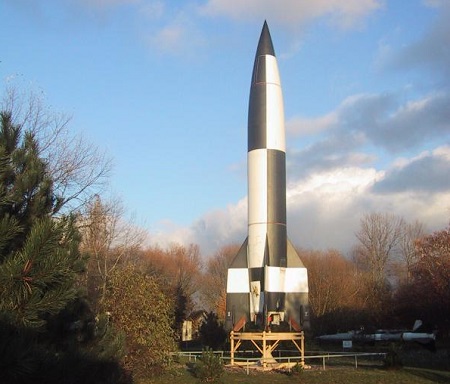
Photo Credit: Lars Aronsson, CC SA 1.0 http://creativecommons.org/licenses/sa/1.0/, via Wikimedia Commons
None of these things are easy, and it’s outstanding in many ways that we’re in as good a position as we are in terms of space exploration and space technology. But I can’t be the only one who feels this way. There hasn’t been a truly pioneering manned mission since we last went to the moon in the early ’70s, and when we’re sending probes and rovers to planets that have seen probes and rovers visit on a number of previous occasions… let’s just say that the first time is always interesting, but each subsequent one draws less and less attention and excitement.
The sad reality, I suppose, is that there isn’t any compelling reason to go to space beyond the thrill of exploring it. And thrills don’t pay the bills! We have all of the resources we need here on Earth – at least in the short-to-medium term – and the expense of doing something commercial in space, like mining or collecting resources, versus the potential profit seems to rule it out. Space is hard to commercialise right now, and thus we seem not to be as interested as we were in decades past.
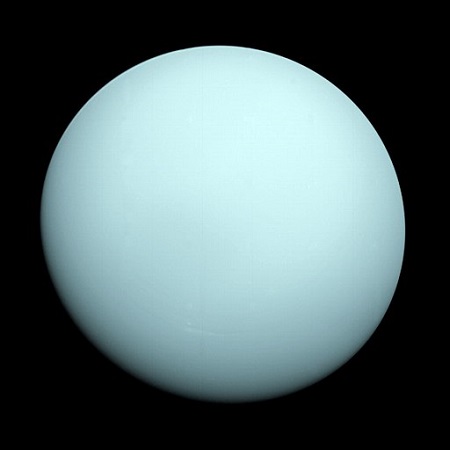
SpaceX, the most successful commercial space company, makes its money by launching satellites and other missions in Earth’s orbit – as well as from the upcoming Starlink satellite internet service. That aspect of space can and has been commercialised. But the rest of it – the moon, the asteroids, the planets, and beyond – are currently beyond our reach, at least in terms of a cost-to-profit ratio. It falls solely to government-sponsored agencies, then, to engage in exploration.
I always keep my fingers crossed for interesting and exciting news from space. And it isn’t all doom and gloom; there have been some interesting events, such as the recent transit of ʻOumuamua – which may have been the first interstellar object ever detected. But even then, I’m left with a sense of a missed opportunity. We didn’t send a probe to investigate ʻOumuamua because we couldn’t. We lacked the technology to catch up to the fast-moving object, and thus we’ll never know for certain exactly what it was or what it looked like.
Will we put humans back on the moon – or even on Mars – in the next few years, or even in my lifetime? I can’t answer that question with any certainty any more, and having been let down so many times, I don’t think I’ll believe it until I see the astronauts strapped into their seats on the launchpad. I want space to be interesting, for humans to push the boundaries and strike out into the great unknown. And I want probes to do the same, visiting distant parts of the solar system in the name of exploration. Revisiting Mars and the ISS may provide interesting scientific opportunities, but speaking for myself as a layman, these things no longer hold my interest. Space exploration has become boring.
Some images and artwork courtesy of NASA and/or Wikimedia Commons. This article contains the thoughts and opinions of one person only and is not intended to cause any offence.



